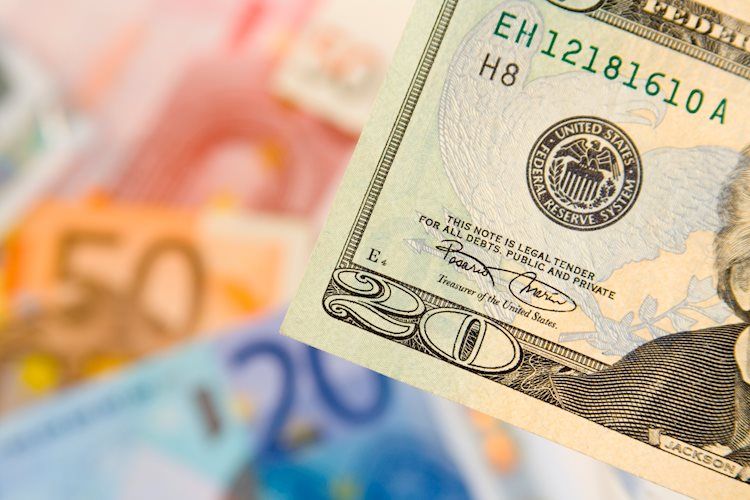EUR/USD is experiencing a slight recovery as the chances of a sharp cut in interest rates by the Federal Reserve remain high. This is causing the US Dollar to weaken as lower interest rates make it less attractive to foreign investors. On the other hand, the Euro is gaining support due to expectations that interest rates will remain higher for longer in the Eurozone, driven by persistent wage inflation. This difference in interest rate expectations is influencing the strength of the two currencies against each other.
Traders are closely monitoring the future path of interest rates in the US, as the probability of a 0.50% rate cut by the Fed in September is still above 30%. This uncertainty is affecting the USD and supporting the EUR/USD pair. US inflation data released recently showed no change in the Personal Consumption Expenditures Price Index in July, slightly easing concerns about a possible economic slowdown. However, the upcoming Nonfarm Payrolls data for August will provide more insight into the direction of the US economy and Fed policy.
In the Eurozone, recent inflation data has caused some volatility in the Euro. While German and Spanish CPI data initially indicated weaker inflation, Eurozone-wide data met economists’ expectations. This has reinforced the belief that the ECB will maintain a cautious approach to interest rate cuts. Strong wage growth in the Eurozone is expected to keep inflation elevated, leading the ECB to adopt a data-dependent stance on interest rates. This factor is supporting the EUR/USD pair.
Technical analysis of EUR/USD suggests a short-term downtrend, with the pair forming lower peaks and troughs since its peak in late August. A break below key support levels could confirm further downside momentum, while a close above resistance levels could signal a potential reversal in the trend. The bearish Two-Bar reversal pattern on the weekly chart also indicates a possible move lower in the future, supported by the MACD indicator crossing below its signal line.
In the upcoming week, traders will be closely watching the release of the Nonfarm Payrolls data, which provides insights into job creation in the US. The market reaction to this data, along with other key economic indicators, will impact the strength of the USD and EUR. Overall, the divergence in interest rate expectations between the US and Eurozone continues to influence the EUR/USD pair, with traders adjusting their positions based on the evolving economic outlooks in both regions.










